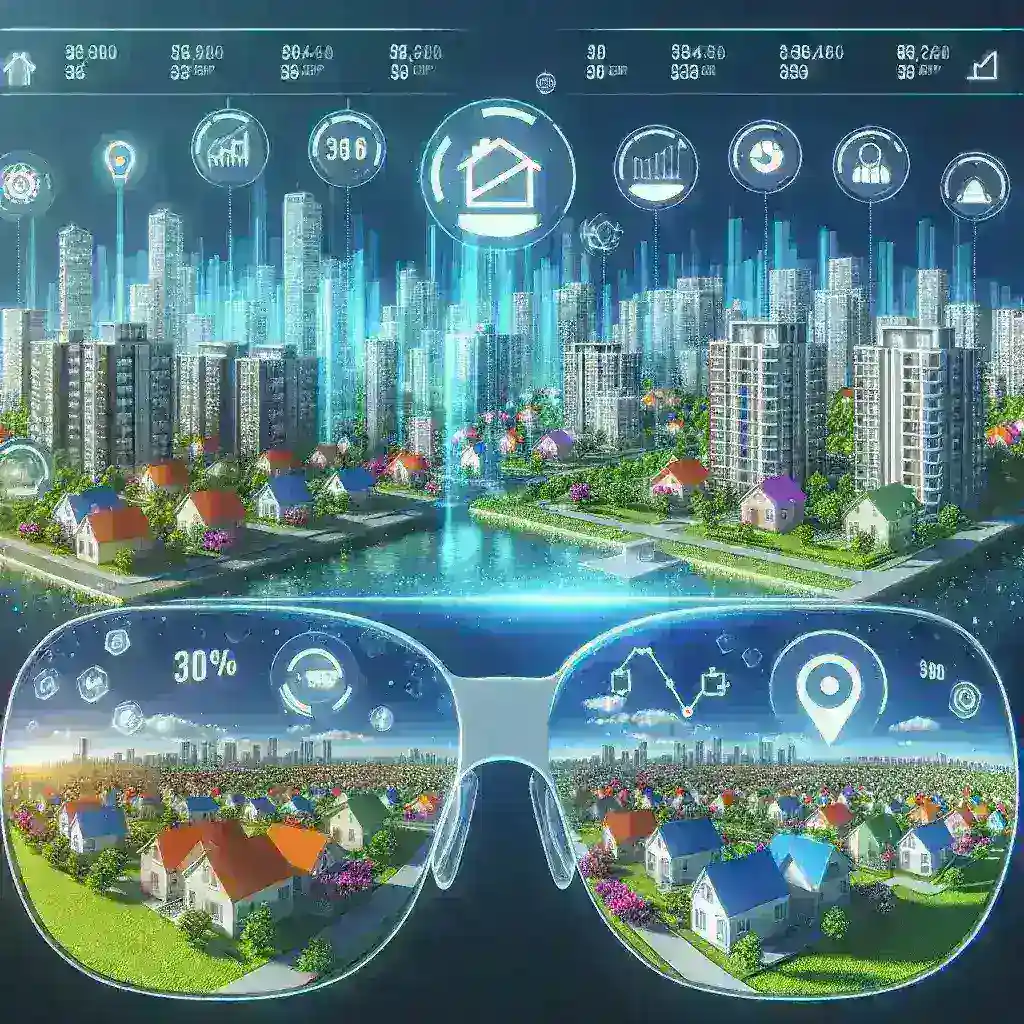
AR in Real Estate
Introduction to Augmented Reality (AR)
Augmented Reality (AR) is revolutionizing industries across the board, and real estate is no exception. AR overlays digital information onto the real world, allowing users to visualize properties in an interactive and immersive manner. This technology enables potential buyers and renters to experience a property’s layout, features, and ambiance without having to visit in person.
How AR Enhances Real Estate
1. Virtual Property Tours
One of the most significant benefits of AR in real estate is the ability to conduct virtual property tours. Through AR applications, clients can view 3D models of homes, apartments, or commercial spaces. This can significantly cut down on wasted time during property searches, as clients can filter out options they are not interested in quickly and effectively.
2. Interactive Visualizations
AR allows users to visualize a space in real-time, adding a layer of interactivity that traditional photographs cannot provide. By using AR-enabled devices, clients can see different furniture layouts, color schemes, and even renovations with a simple scan of the room. This feature offers potential buyers a clearer picture of how the space can be utilized, making it easier for them to envision their lives in the property.
3. Improved Communication
Real estate agents can leverage AR tools to communicate more effectively with their clients. Instead of relying solely on verbal descriptions or static images, agents can use AR to present properties. This can lead to more informed decisions as buyers get to experience properties in a more engaging way.
Advantages of Using AR in Real Estate
- Time Efficiency: Quickly showcase multiple properties to clients without the need for physical visits.
- Enhanced Buyer Experience: Engage clients with interactive elements that bring properties to life.
- Reduced Costs: Minimize staging expenses for showings by utilizing AR for visual enhancements.
- Wide Reach: Attract remote buyers who may not be able to visit locations easily.
The Future of AR in Real Estate
Looking ahead, the integration of AR within real estate is expected to grow. As technology continues to evolve, we can anticipate even more sophisticated applications that further tailor the buyer experience. Furthermore, with the rise of smart homes and Internet of Things (IoT) devices, AR could also play a role in managing and demonstrating property features post-sale.
Conclusion
Augmented Reality is not just a trend; it is a powerful tool that is changing the way real estate is marketed and sold. By providing immersive experiences and interactive visualizations, AR is enhancing buyer engagement, leading to better-informed decisions, and streamlining the real estate process. The future looks bright as this technology continues to develop and become a standard in the industry.



Leave a Comment